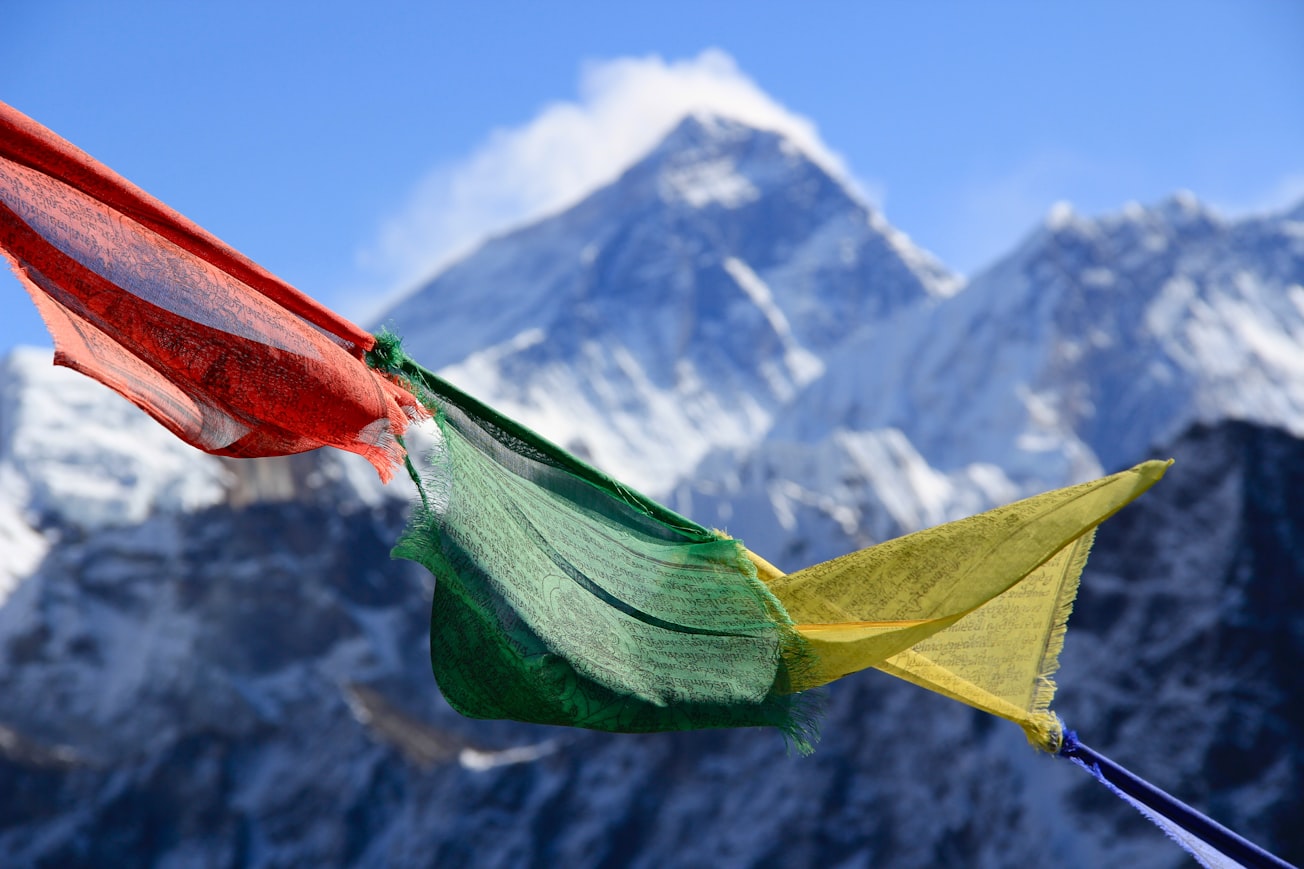What is it about?
Contributing to the current sociological concern with embodiment, here we investigate the lived experience and social ‘production’ of endurance in this sociologically under-researched physical-cultural world. Via a phenomenological-sociological framework, we analyse endurance as cognitively, corporeally and interactionally lived and communicated, in the form of ‘endurance work’. Data emanate from in-depth interviews with 18 high-altitude mountaineers, ten of whom experienced the 2015 avalanche. The article responds to Shilling’s (2016) call to address an important lacuna identified in sociological work: the need to investigate the embodied importance of cognition in the incorporation of culture. The concept of endurance work provides a powerful exemplar of this cognitive-corporeal nexus at work as a physical-culturally shaped, embodied practice and mode-of-thinking in the social world of high-altitude climbing.
Featured Image

Photo by Kalle Kortelainen on Unsplash
Why is it important?
There is currently a lack of social science research into endurance generally, and particularly in relation to mountaineering, and how mountaineers go about learning, developing and maintaining enduring bodies. This is an important gap to address, and here we seek to offer some new perspectives on endurance as lived within a specific and under-researched physical cultural world.
Perspectives
This article is based on a fascinating qualitative research study undertaken with two colleagues and co-authors, both of whom had contacts with the high-altitude climbing community. Furthermore, we all shared a passion for mountain walking/climbing and wanted to find out more about others' perspectives on endurance and 'endurance work' in this environment.
Professor Jacquelyn Allen-Collinson
University of Lincoln
Read the Original
This page is a summary of: ‘Endurance Work’: Embodiment and the Mind–Body Nexus in the Physical Culture of High-Altitude Mountaineering, Sociology, December 2017, SAGE Publications,
DOI: 10.1177/0038038517746050.
You can read the full text:
Resources
Contributors
The following have contributed to this page







